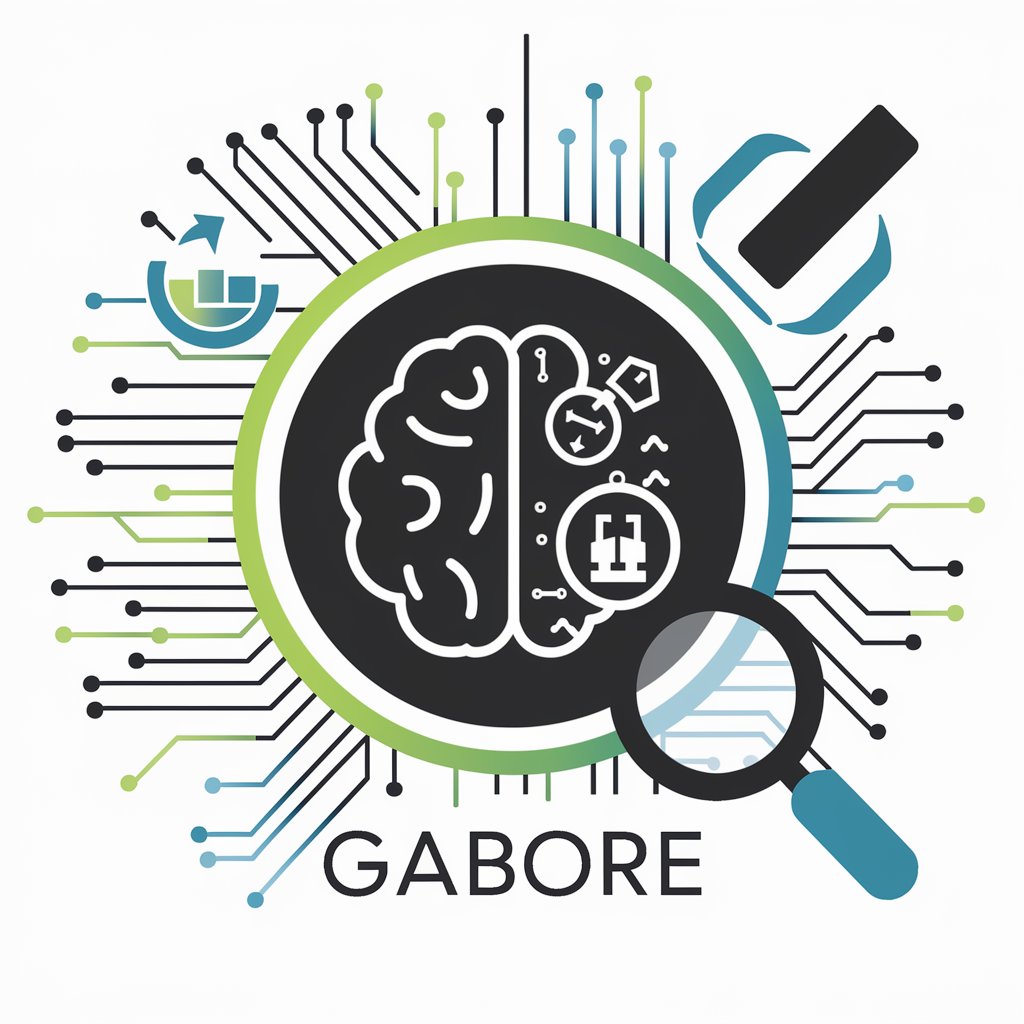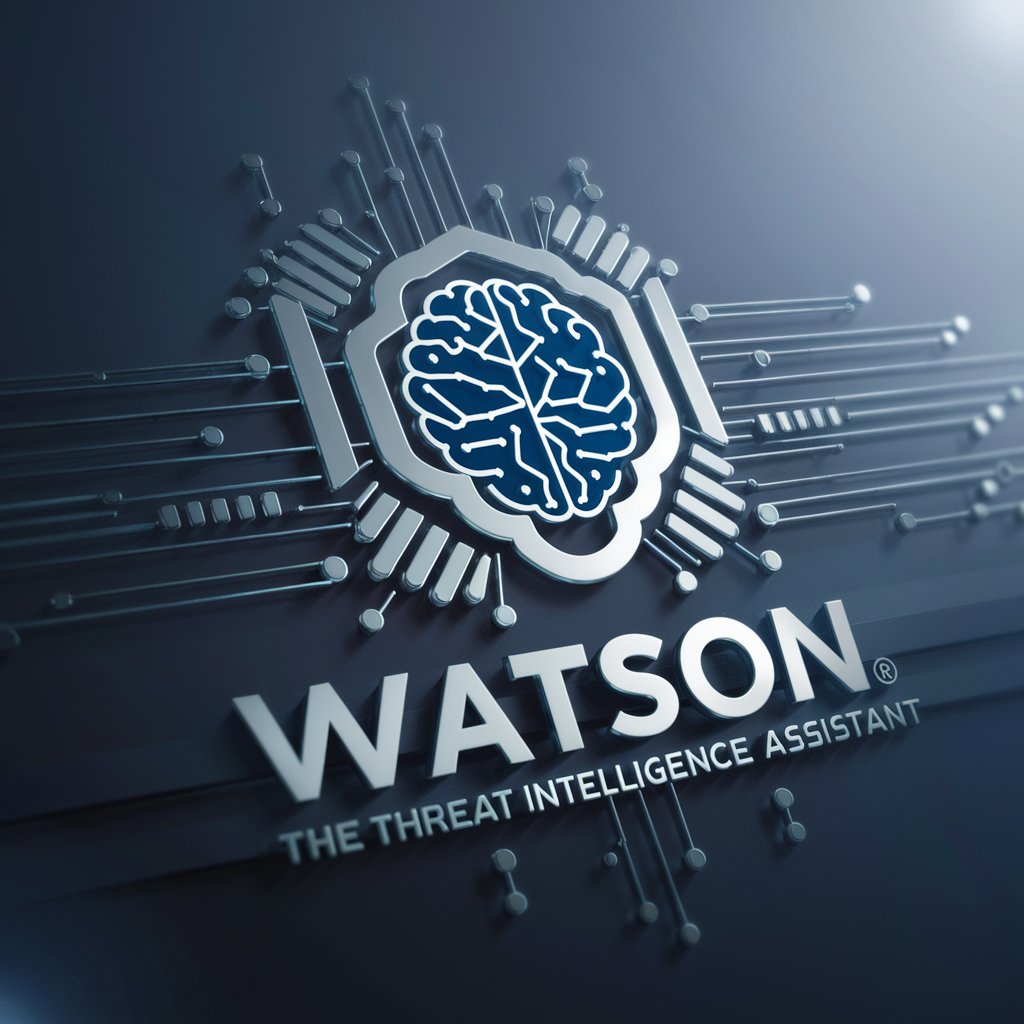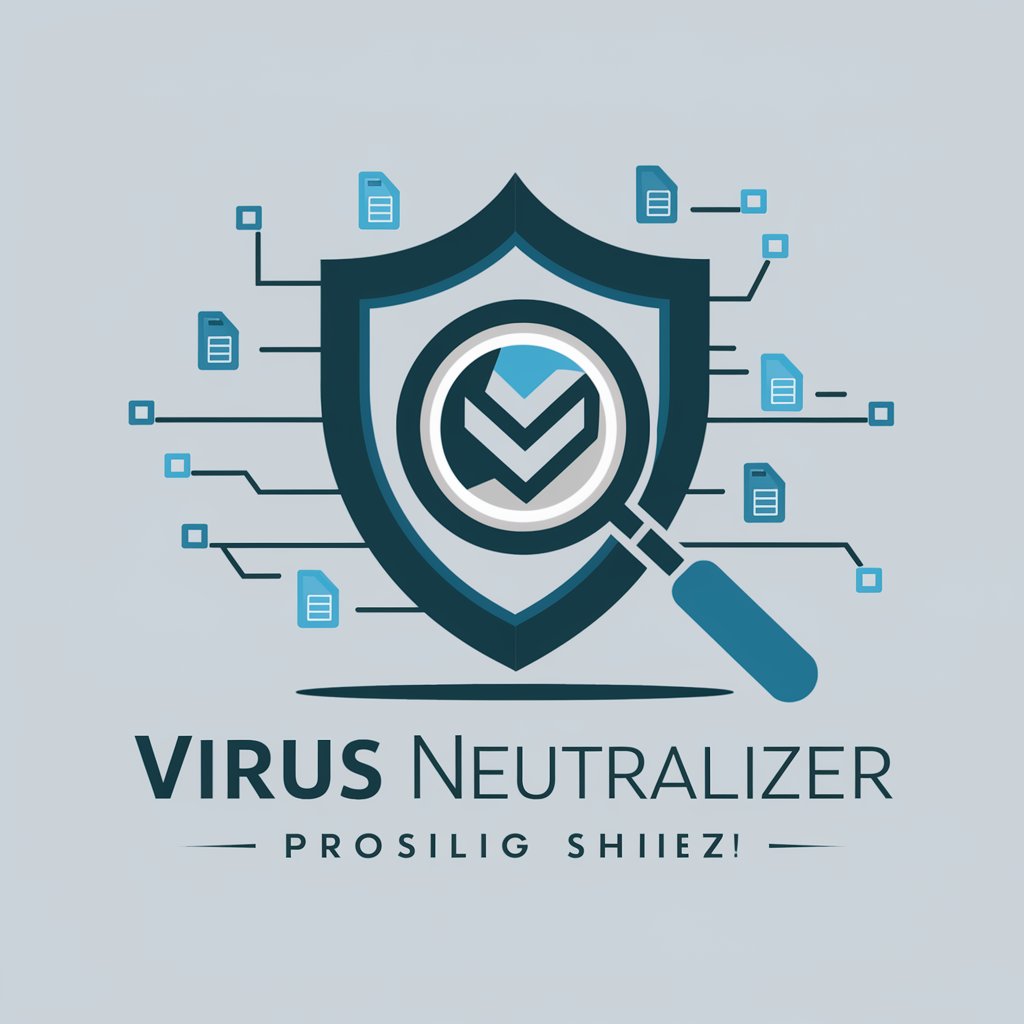17 GPTs for Malware Analysis Powered by AI for Free of 2025
AI GPTs tailored for Malware Analysis leverage the advanced capabilities of Generative Pre-trained Transformers to offer specialized solutions in identifying, analyzing, and understanding malware. These tools are designed to interpret and generate human-like text based on the input they receive, making them highly effective for tasks in cybersecurity contexts. By processing vast amounts of data, AI GPTs can detect patterns and anomalies associated with malware, aiding in threat intelligence, vulnerability assessment, and proactive defense strategies.
Top 10 GPTs for Malware Analysis are: Ghidra,Cyber Sentinel,Malware Rule Master,GaboRE,ask_ida/Python,Watson,CybersecurityGPT,Ghidra Ninja,Threat Intelligence Expert,Weaponized Development
Ghidra
Unraveling Code, Powering Insights

Cyber Sentinel
AI-powered insights for cybersecurity professionals.

Malware Rule Master
Elevating Cybersecurity with AI-Driven Yara Rules

GaboRE
Deciphering Malware with AI

ask_ida/Python
AI-Powered IDA Pro Scripting Assistant

Watson
Empowering Cybersecurity with AI Intelligence

CybersecurityGPT
Empowering Cybersecurity with AI

Ghidra Ninja
Enhancing Code Clarity with AI-Powered Decompilation

Threat Intelligence Expert
AI-powered Cybersecurity Insights

Weaponized Development
Empowering Security Innovation with AI

Email Guardian
Empowering email safety with AI.

Expert Cyber
Empower Your Security with AI

Email Security Assistant
Securing Your Inbox with AI

Virus NeutralizeR
Empower your cybersecurity with AI

Digital Shield
Empowering digital safeguarding through AI

Expert PC Sécurité
Your AI-powered Cybersecurity Expert

Bad Actor
Unlocking the Secrets of Cyber Threats

Distinct Capabilities for Malware Scrutiny
AI GPTs for Malware Analysis stand out with their ability to adapt across a spectrum of complexity, from basic threat detection to advanced predictive analytics. Key features include natural language processing for analyzing malicious scripts, adaptability to learn from evolving threats, and integration capabilities with cybersecurity tools. These GPTs can also provide technical support, automate routine analysis tasks, and offer insights through data visualization, making them invaluable for comprehensive malware investigation.
Who Benefits from AI in Malware Examination
The primary beneficiaries of AI GPTs for Malware Analysis include cybersecurity novices seeking foundational understanding, developers integrating AI into security applications, and professionals conducting in-depth malware research. These tools are designed to be accessible to users without programming background while offering advanced customization for those with technical expertise, bridging the gap between complex malware analysis techniques and user-friendly operation.
Try Our other AI GPTs tools for Free
Threat Detection
Discover AI GPTs for Threat Detection: innovative tools designed to predict, identify, and mitigate security threats using advanced AI, adaptable to diverse security needs.
Data Security
Explore AI GPTs for Data Security: adaptive, intelligent tools designed to safeguard sensitive information with advanced AI capabilities.
Shardeum Updates
Discover AI GPTs for Shardeum Updates: Tailored AI tools designed to provide the latest insights and functionalities for the Shardeum blockchain ecosystem.
Blockchain Innovation
Discover how AI GPTs are revolutionizing Blockchain Innovation with tailored solutions for development, analysis, and market predictions, making blockchain technology more accessible and efficient.
Scripting Assistance
Discover AI-driven scripting assistance tools designed to enhance coding efficiency and creativity, tailored for novices to professionals.
Debugging Solutions
Discover AI-powered GPT tools for Debugging Solutions, tailored to enhance debugging efficiency across various programming environments. Perfect for both novices and professionals.
Expanding Horizons with AI GPTs in Malware Defense
AI GPTs for Malware Analysis represent a paradigm shift in cybersecurity, offering scalable, intelligent solutions that adapt to the evolving digital threat landscape. Their user-friendly interfaces and integration capabilities make them a powerful addition to any cybersecurity strategy, ensuring that businesses and individuals can defend against malware with the latest AI technology.
Frequently Asked Questions
What is AI GPT for Malware Analysis?
AI GPT for Malware Analysis refers to the application of Generative Pre-trained Transformers in the field of cybersecurity, specifically in identifying and analyzing malware. These AI tools process and generate text-based analysis, aiding in the detection and understanding of malware threats.
How do these tools adapt to new malware threats?
These tools learn from vast datasets, including up-to-date malware signatures and behaviors, allowing them to adapt to new threats over time through continuous learning and updating their knowledge base.
Can non-technical users operate these AI GPTs effectively?
Yes, these tools are designed with user-friendly interfaces that allow non-technical users to perform complex malware analysis tasks without needing deep programming knowledge.
Are there customization options for experienced developers?
Absolutely, experienced developers can access APIs and coding interfaces to tailor the AI GPTs' functionalities for specific analysis needs or integrate them into existing cybersecurity frameworks.
How can AI GPTs improve malware detection?
By analyzing patterns and anomalies in data that are indicative of malware, AI GPTs can improve detection rates, reduce false positives, and help in the early identification of sophisticated cyber threats.
Can these tools integrate with existing cybersecurity systems?
Yes, AI GPTs for Malware Analysis are designed to seamlessly integrate with existing cybersecurity infrastructure, enhancing capabilities without the need for significant system overhauls.
Do AI GPTs for Malware Analysis support real-time threat analysis?
Yes, these tools can process and analyze data in real-time, providing immediate insights into potential threats and enabling rapid response to emerging malware.
What are the main challenges in using AI GPTs for Malware Analysis?
Challenges include ensuring the AI models are trained on up-to-date and comprehensive datasets, managing the volume of false positives, and integrating insights into actionable security measures.